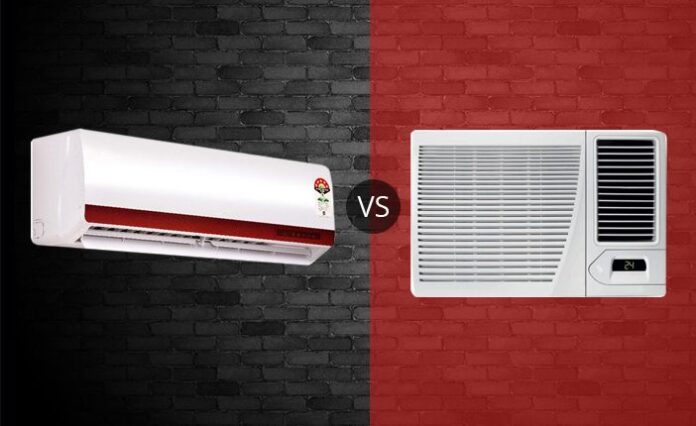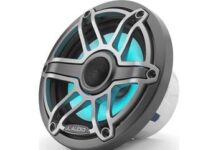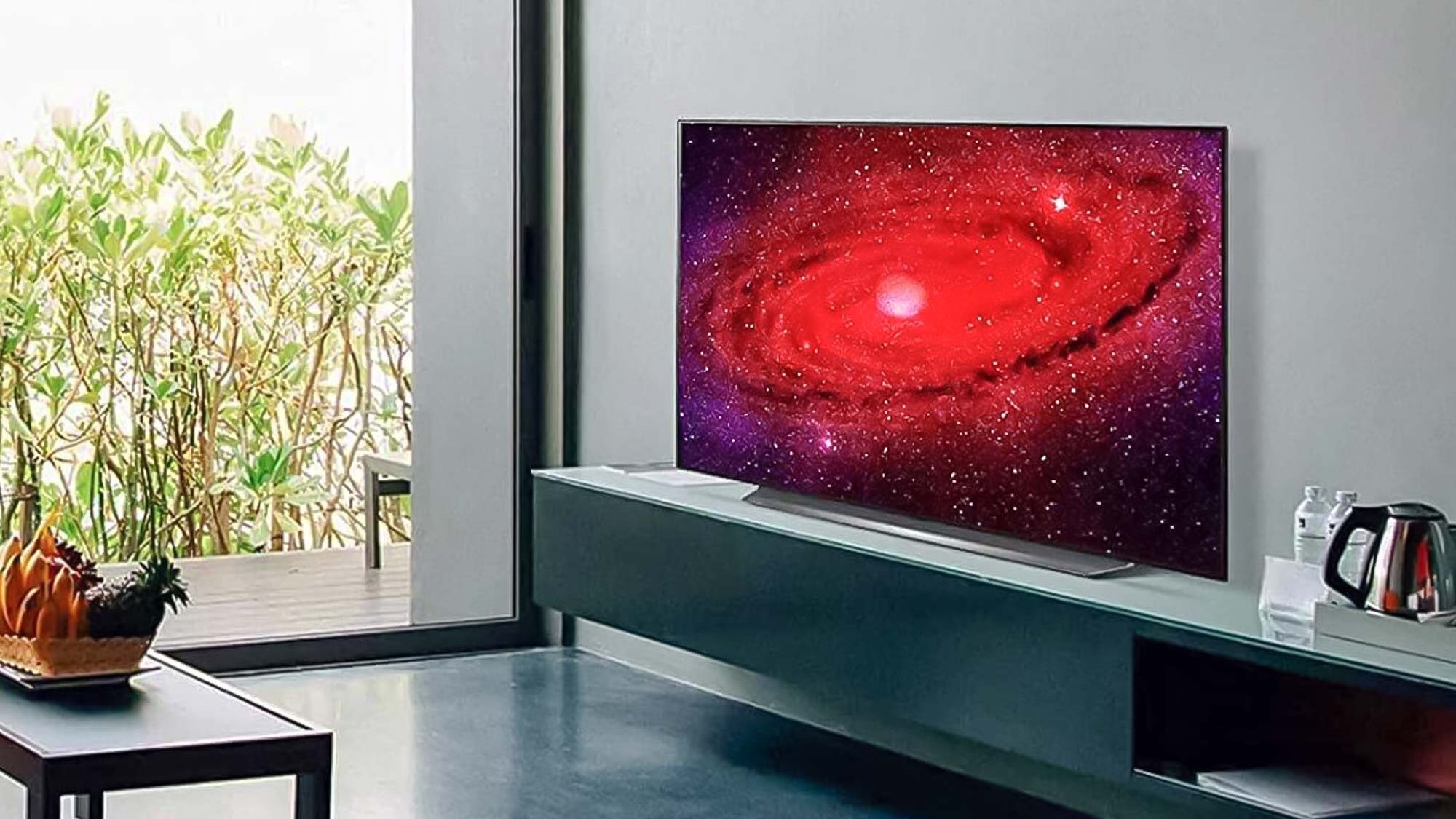As summer approaches, the scorching heat becomes unbearable, making us crave the soothing embrace of air conditioning. In this battle against the sweltering temperatures, two contenders emerge: the window AC and the split AC. Both promise to keep us cool and comfortable, but which one truly reigns supreme in terms of cooling efficiency? Let’s delve into the nitty-gritty details and compare these two cooling powerhouses.
Window AC: The Compact Cooling Solution
The window AC is a classic choice for many households, and for good reason. These compact units are designed to fit snugly into a window frame, making them a space-saving option for smaller rooms or apartments. One of the significant advantages of window ACs is their affordability – they often come at a lower initial cost compared to split ACs.
However, when it comes to cooling efficiency, window ACs may fall slightly behind their split counterparts. The main reason for this is their design. Window ACs expels hot air directly outside, which can lead to energy loss and reduced efficiency, especially in poorly insulated rooms. Additionally, the noise level of window ACs can be higher due to the proximity of the compressor to the indoor unit.
Split AC: The Energy-Efficient Marvel
Enter the split AC, a true maestro of energy efficiency. These systems consist of two separate units: an indoor unit responsible for cooling the room, and an outdoor unit that handles the heat dissipation. The physical separation of these components allows for better insulation, minimizing energy loss and maximizing cooling performance.
One of the standout features of split ACs is their ability to incorporate inverter technology. An inverter AC 1-ton 5 star copper unit, for instance, can precisely adjust its compressor speed to match the cooling demand, resulting in significant energy savings and consistent temperature maintenance.
Moreover, split ACs are typically quieter than their window AC counterparts, as the noisy compressor is housed in the outdoor unit, away from the indoor living space.
Cooling Efficiency: The Deciding Factor
When it comes to cooling efficiency, split ACs have a clear edge over window ACs. Their advanced design and inverter technology allow them to cool spaces more efficiently while consuming less energy. This not only translates into lower electricity bills but also contributes to a more environmentally friendly cooling solution.
However, it’s important to note that the cooling efficiency of both window ACs and split ACs can be influenced by various factors, such as room size, insulation, and proper installation. Choosing the right capacity and properly maintaining the unit can significantly impact its overall performance and energy consumption.
Considering Installation and Maintenance
While the cooling efficiency of split ACs generally outshines that of window ACs, it’s worth noting that proper installation and maintenance play a crucial role in ensuring optimal performance for both types of units. Improper installation can lead to air leaks, reducing efficiency and increasing energy consumption.
Regular maintenance, such as cleaning air filters and coils, is also essential to maintain peak performance and prevent breakdowns. For window ACs, it’s recommended to have them professionally serviced annually, while split ACs may require more frequent maintenance due to their more complex design.
By considering these factors alongside cooling efficiency, you can make a well-informed decision that maximizes your comfort and energy savings over the long run.
The Bottom Line: Weighing Your Options
Ultimately, the choice between a window AC and a split AC boils down to your specific needs, budget, and the size of the space you need to cool.
If you’re looking for a budget-friendly option and have a smaller room or apartment, a window AC might be the way to go. These units are easy to install and can provide adequate cooling, albeit with slightly lower efficiency compared to split ACs.
On the other hand, if energy efficiency, quieter operation, and consistent temperature control are your top priorities, investing in a split AC, particularly an inverter AC 1-ton 5 star copper unit, could be the wiser choice. These systems may have a higher upfront cost, but they can potentially save you money in the long run through lower energy bills and superior cooling performance.
Regardless of your choice, it’s crucial to consider factors like proper installation, regular maintenance, and appropriate unit sizing to ensure optimal cooling efficiency and long-term performance.
By weighing the pros and cons of window ACs and split ACs, you can make an informed decision that not only keeps you comfortable during the sweltering summer months but also aligns with your energy-saving goals and budget constraints.












